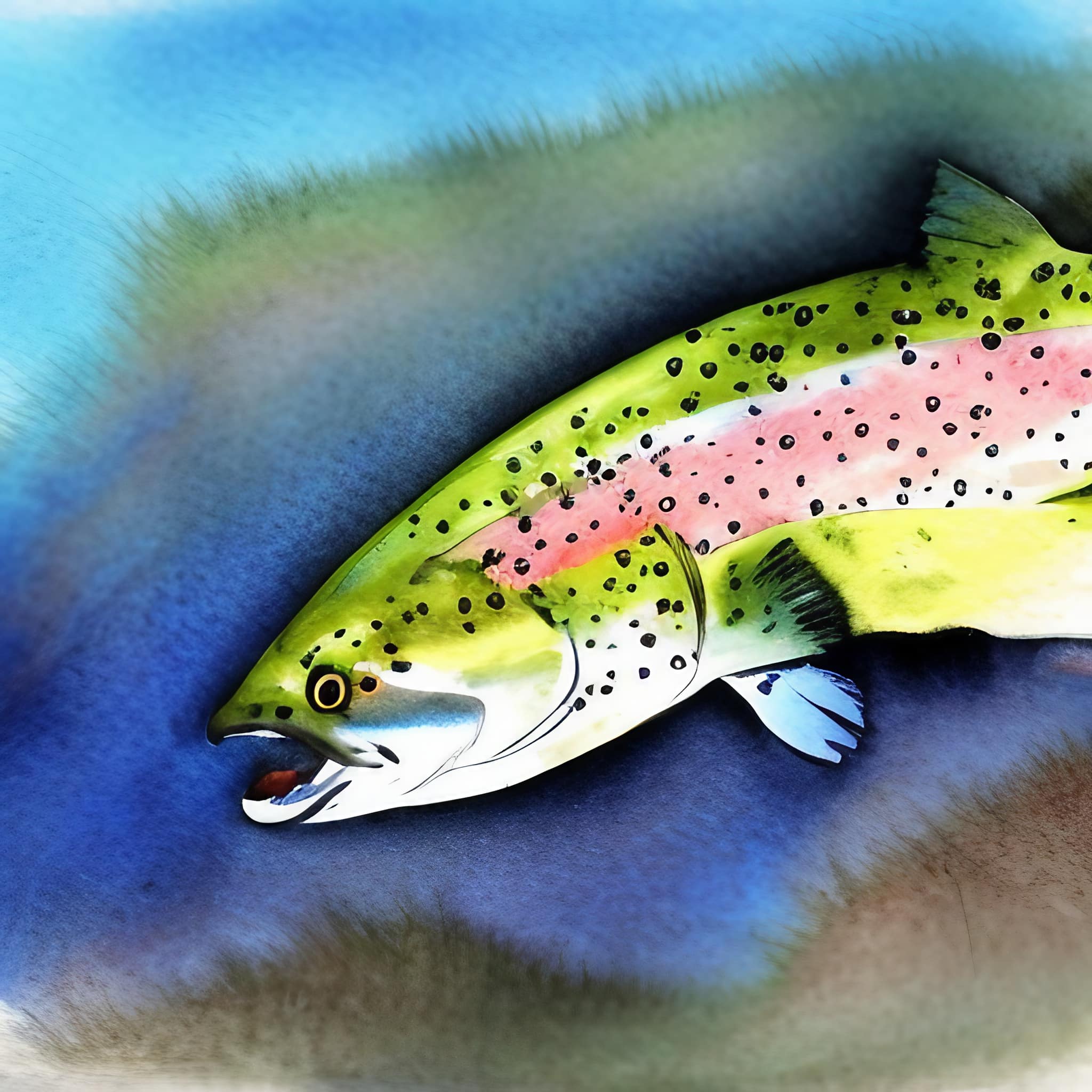Rainbow Trout Classification
Rainbow trout, also known as Oncorhynchus mykiss, are a species of fish that belong to the salmon family. They are native to the Pacific coast of North America, but have been introduced to other parts of the world including Europe, South America, and New Zealand. Rainbow trout are a popular game fish and are often stocked in lakes and streams for recreational fishing.
These fish have a streamlined, cylindrical body with small scales and a rainbow-colored stripe running along their sides. They can vary in size, with individuals measuring anywhere from 10 inches in small streams to over 30 inches in large rivers.
Rainbow Trout Feeding Habits and Habitat
As opportunistic feeders, rainbow trout will eat a wide variety of prey including insects, worms, and small fish. In streams, they often feed on aquatic insects while in lakes they may feed on small fish or crustaceans.
Rainbow trout can be found in a variety of habitats including cold, clear streams and rivers as well as larger lakes. They prefer water temperatures between 45-65 degrees Fahrenheit and tend to inhabit areas with cover such as rocks or logjams.
Rainbow Trout Breeding
Rainbow trout breed in the spring or early summer, depending on the location. They lay their eggs in nests called “redds” that are dug into the gravel of streams or rivers. The male guards the eggs until they hatch, which usually takes about 3-4 weeks.
Targeting Rainbow Trout
Fly fishing for rainbow trout can be a rewarding experience. Some specific fly patterns that can be effective when targeting these fish include the Adams, a classic dry fly pattern that imitates a variety of insects and is effective for rising fish; the Elk Hair Caddis, a dry fly that imitates the caddisfly and can be effective for surface feeding fish; the Pheasant Tail, a nymph pattern that imitates a variety of aquatic insects and is effective for subsurface fishing; and the Woolly Bugger, a wet fly or streamer pattern that imitates a variety of prey and can be effective for a wide range of water conditions.
In order to have success when fly fishing for rainbow trout, it is important to use small, lightweight flies that imitate the insects and other prey that these fish feed on in the area you are fishing. It is also helpful to pay attention to the water flow and use flies that drift naturally with the current. When searching for areas where rainbow trout are likely to hold, such as deep pools or under cover, be sure to cast your fly to these areas. A stealthy approach can help avoid spooking the fish, and it is important to pay attention to the time of day and the weather, as rainbow trout can be more active at certain times.
Overall, rainbow trout are a popular and enjoyable species to fish for, and with a little knowledge and patience, fly anglers can have success targeting them in a variety of habitats.








